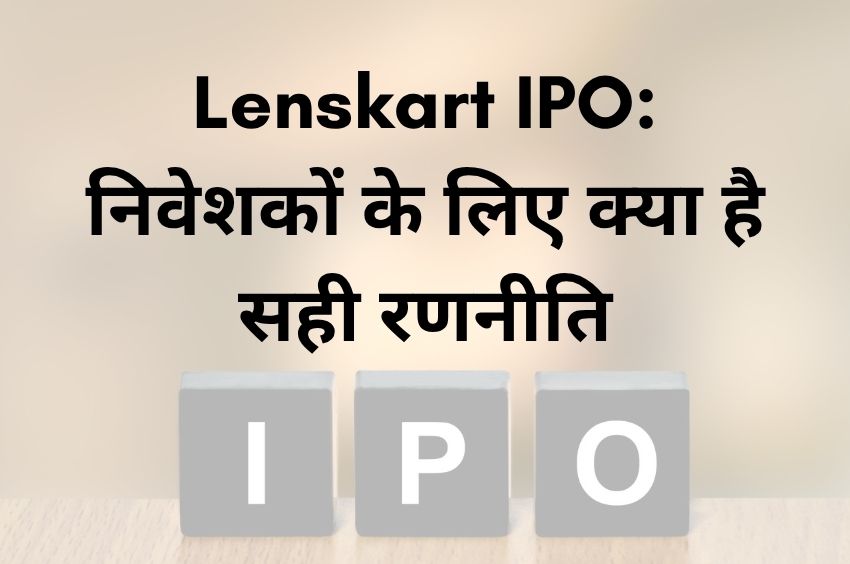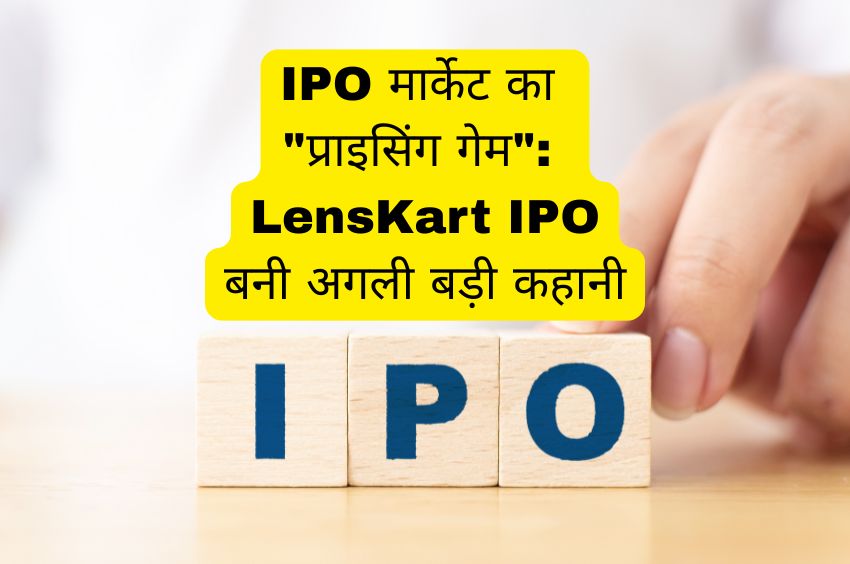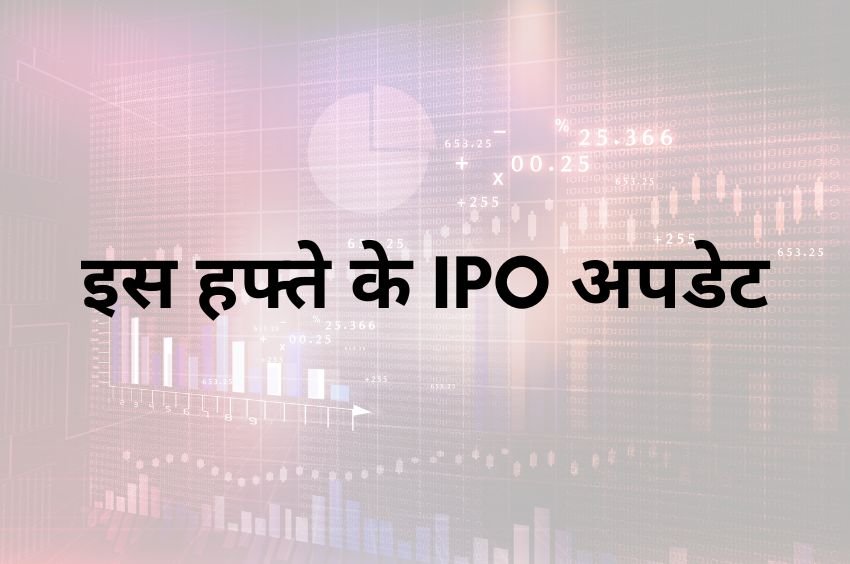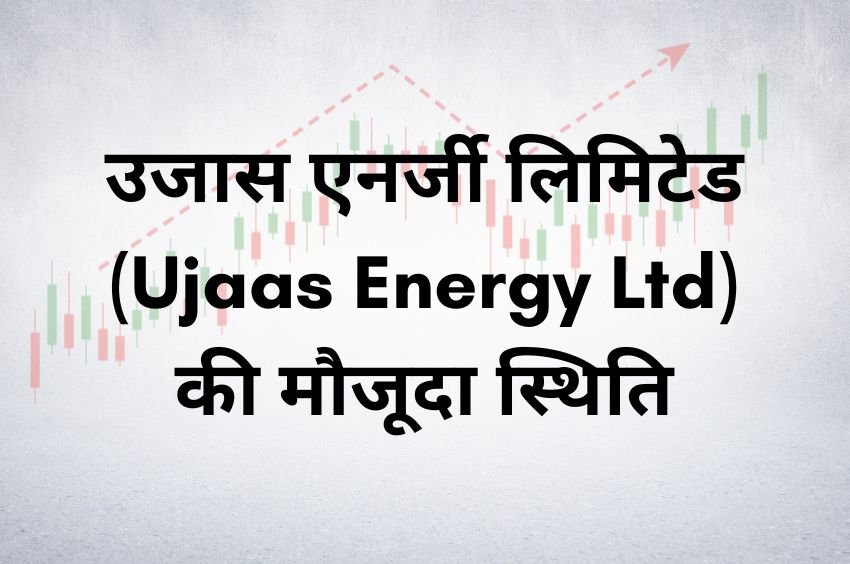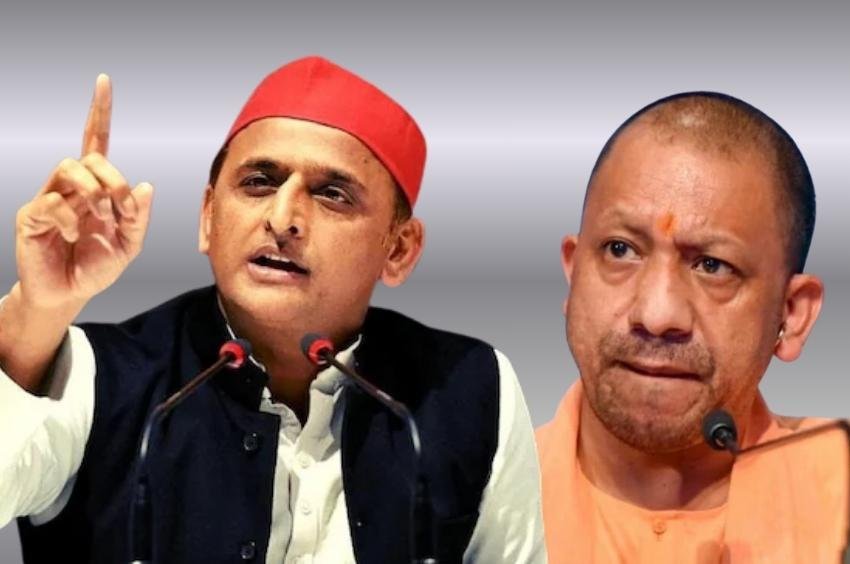The Trump administration has reignited trade tensions by proposing reciprocal tariffs on key trading partners, including India. While the April 2 deadline for implementation looms, the specifics remain unclear. However, recent moves-such as the 25% tariff on automobile and ancillary imports-signal a tougher stance.
Which Indian sectors are most vulnerable? Let’s break it down.
Key Sectors at Risk from US Tariffs
Analysts at Emkay Global Financial Services have mapped India’s export exposure to US tariffs using a quadrant-based approach:
| Quadrant | Export Share to US | Tariff Differential | Vulnerability |
|---|---|---|---|
| Quadrant 1 | Low | Minimal | Least Impact |
| Quadrant 2 | Low | High | Moderate Risk (High tariff threat) |
| Quadrant 3 & 4 | High | High/Varies | Highest Risk |
Most Vulnerable Sectors
-
Automobiles & Ancillaries – Already hit with 25% tariffs, high export share.
-
Fish & Seafood – High exposure, likely to face steep tariff hikes.
Moderate-Risk Sectors
-
Pharmaceuticals (High exports, but reasonable tariff gap)
-
Electronics
-
Apparel & Textiles
-
Gems & Jewellery
Least Affected Sectors
-
Low-export industries with minimal tariff differences.
Potential Economic Impact on India
-
$6 billion loss (0.16% of GDP) if US imposes 10% broad tariffs.
-
$31 billion loss if tariffs rise to 25%.
Why Sector-Specific Tariffs Hurt More
Unlike country-wide tariffs, sectoral duties create uneven damage. For example:
-
Auto sector suffers immediately due to high US exposure.
-
Pharma & textiles may see delayed effects.
Emkay’s Take:
“A broad country-level tariff is more likely than sector-specific hikes due to implementation complexities.”
What’s Next for India?
-
Negotiations with the US – India may offer concessions to soften the blow.
-
Diversifying exports – Reducing reliance on the US market.
-
Domestic policy adjustments – Supporting affected industries.
Final Thoughts
While the full impact remains uncertain, automobiles, seafood, and select manufacturing sectors face the highest risk. India must strategize to minimize trade disruptions while protecting key industries.




